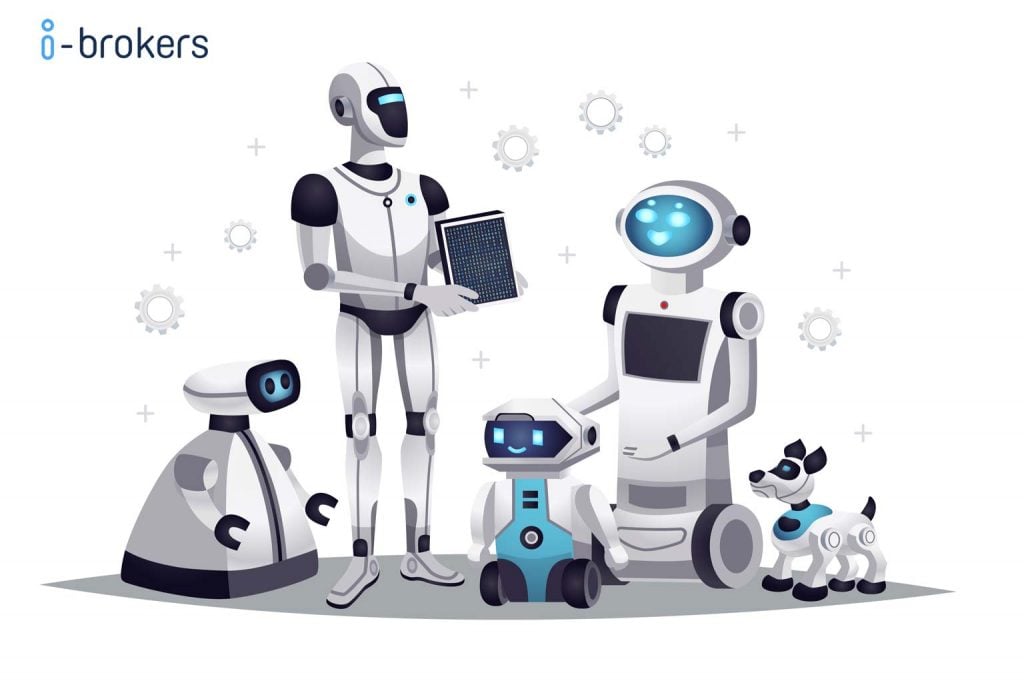Health care robots are not only present in science-fiction films, but they also do really exist in the health care industry, assisting in the services that health care professionals are providing. It’s important to learn more about how health care robots can decrease the amount of burden that medical workers already have, allowing them to have more quality time to spend on patient care.
In this blog post, we are going to share with you 5 interesting facts about how health care robots can do just that.
1. Cuddlesome Animal-Shaped PARO Robot Reduces Stress for Patients
It is widely known that pets and cute animals help to ease stress, to divert attention from pain and to reduce the feeling of loneliness. Unfortunately, not every hospital or extended care facility allows animals to live next to patients. AIST, a leading Japanese industrial automation pioneer offers a solution.
PARO is an advanced interactive robot developed by AIST. It allows the documented benefits of animal therapy to be administered to patients in medical environments in the shape of a baby harp seal covered with soft artificial fur to make people feel comfortable, as if they are touching a real animal.
This therapeutic robot has been found to reduce the stress factor experienced both by patients and by their caregivers.
2. Less Than a Millimeter Sized Microbot Delivers Drugs Through Bloodstream
Do you remember the 1960s film Fantastic Voyage, where a submarine and the people inside it were shrunk to microscopic dimensions and were injected into a person’s bloodstream? Now, reality has come one step closer to this scenario.
Researchers from the Max Planck Institute have been experimenting with exceptionally micro-sized (meaning they are smaller than a millimeter) robots that literally swim through your body and could be used to deliver drugs or other medical relief in a highly-targeted way.
These scallop-like microbots are designed to swim through non-Newtonian fluids, like your bloodstream, around your lymphatic system, or across the slippery goo on the surface of your eyes.
3. Bear-Shaped Robot Can Lift Patients Out of Bed 40 Times a Day
RIBA (Robot for Interactive Body Assistance) is somewhat similar to the TUG robot (autonomous mobile robot made specifically for hospitals by Aethon, a company based in Pittsburgh), however, it is rather used at homes with care patients who need assistance. Its Japanese version, the Robear is shaped as a giant, gentle bear with a cartoonish head. They both can lift and move patients in and out of bed into a wheelchair, help patients to stand, and to turn them to prevent bed sores as many times as needed.
These robots not only promise to make up for the shortage of carers, but to save human personnel from having to carry out strenuous tasks, such as repeatedly lifting patients out of bed each day.
4. 70% Drop in Hospital Acquired Infections due to Xenex Robot
Statistics of the Centers for Disease Control and Prevention show that, in the United States, 1 in every 25 patients will contract hospital acquired infections (HAIs) such as MRSA (methicillin-resistant Staphylococcus aureus) and C. diff (Clostridium difficile), and 1 in 9 of these infections will be fatal.
The Xenex Robot could be seen as the next level of hygiene. It allows for fast and effective systematic disinfection of any space within a healthcare facility. This helpful automatic tool destroys deadly microorganisms causing HAIs by utilising special UV disinfection methodologies.
The Xenex Robot is especially effective, as it causes cellular damage to microorganisms, unlike any other devices for disinfection, thus the number of HAIs might be more significantly reduced. Westchester Medical Center reported a 70% drop in Intensive Care Unit C. diff with the use of Xenex Robots.
5. 750,000 Remote Clinical Encounters Through Intouch Health
Imagine you are at home with your father and he suddenly feels a strong headache, starts to feel dizzy, and develops a speech disorder which he has never experienced before. Of course, you would immediately call an ambulance. But what if you live in a rural area or frontier town where it takes a dangerously long time for the doctor and the nurses to arrive?
Intouch health, and its telehealth network, could help in such situations. Through this network, patients in remote areas have access to high-quality emergency consultations for stroke, cardiovascular, and burn services within the time they need it. Moreover, with telehealth, medical professionals in such towns and rural areas also have access to specialty services, meaning more patients can be treated within their own communities.
Through this network, a “telemedical robot” has already established over 750,000 clinical encounters where it was not possible before.
Takeaway
Health care robots are making the healing process faster, safer, and smarter, for caretakers and patients alike. For nurses and healthcare teams, health care robots alleviate stress and staffing shortages. For patients, robots offer companionship, mobility, and personalised care.
Robotics is an industry in a constant state of evolution. This is only the beginning for health care robots, and tomorrow’s new innovations are sure to revolutionise healthcare even further by creating intuitive healing built on cutting-edge technology.


